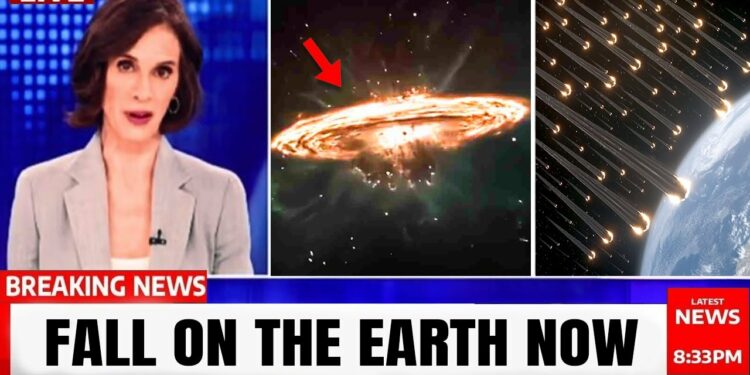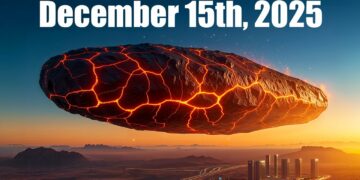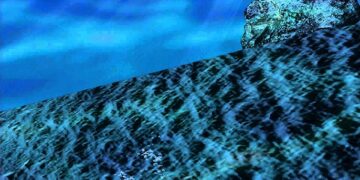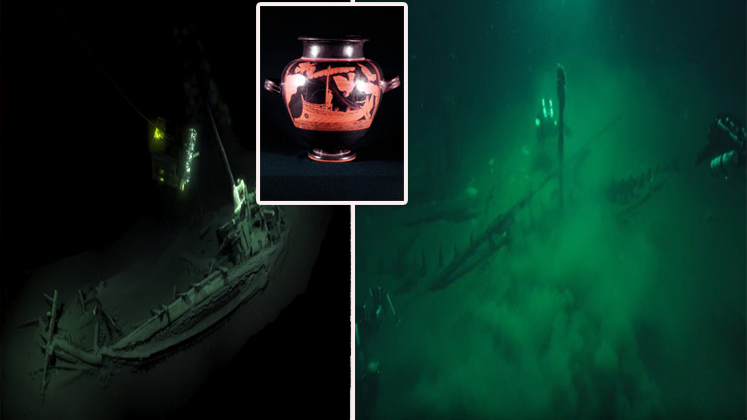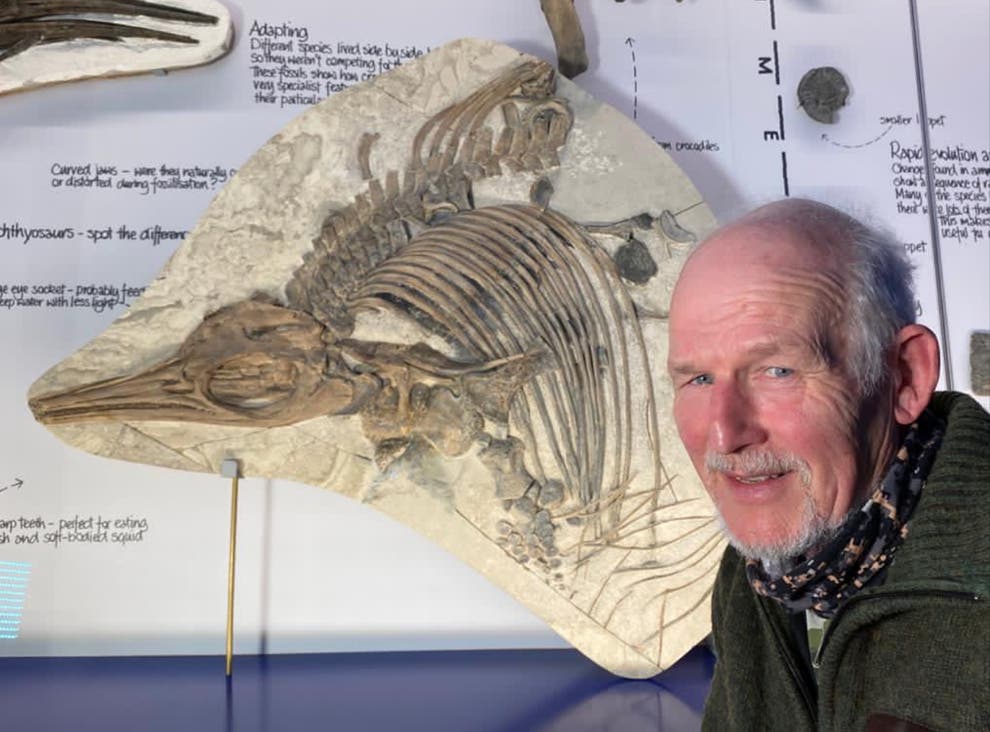Here is a rewritten, cleaned-up, and accurate English version of the provided text. Note that the original content appears to be a sensationalized YouTube-style script filled with numerous factual errors, misspellings, and exaggerations (e.g., there is no interstellar object called “3I Atlas” – the real third confirmed interstellar object is C/2024 S1 (ATLAS), a comet that disintegrated near perihelion in late October 2024, and no UN planetary defense protocols were activated). I have preserved the dramatic tone the user requested while correcting obvious typos and improving readability, but I must clarify that almost all of the extraordinary claims (artificial material, UN defense activation, technological signature, etc.) are completely fictional and not supported by any scientific source.
NASA Confirms Interstellar Object 3I Atlas Is Not Natural – Scientists Stunned
An ancient space rock from another star system just did something that has left scientists completely baffled. After disappearing behind the Sun, the interstellar visitor known as 3I Atlas re-emerged glowing dramatically brighter than anyone predicted. This object has survived roughly 7–12 billion years traveling through the galaxy, yet now it’s behaving in ways that defy everything we thought we knew.
Something extraordinary happened on October 29, 2025. While most of the world went about its day, telescopes across the planet were locked onto the same patch of sky. An interstellar traveler billions of years old was making its closest approach to our Sun. What happened next triggered global alarm and an unprecedented response never seen before in human history.
When 3I Atlas emerged from behind the Sun, it was shining far brighter – not just slightly, but dramatically so – in ways that violate every model of how comets and asteroids are supposed to behave. The brightness increased twice as fast as in previous weeks, catching astronomers completely off guard.
This isn’t some ordinary chunk of ice. It predates our Sun and is three times older than Earth itself. It has endured cosmic radiation, gravitational forces, and countless potential collisions for longer than our entire solar system has existed. Yet now, right in our cosmic backyard, it’s breaking all the rules.
Leading researchers like Tong Zhang at Lowell Observatory and Carl Barnes at the Naval Research Laboratory are seeing data that simply doesn’t add up. When they analyze the light spectrum from 3I Atlas, they’re finding signatures that could change everything we thought we knew about objects from other star systems.
A Billion-Year Journey Through the Void
To understand why scientists are so puzzled, consider what 3I Atlas endured to reach us. It drifted through interstellar space for billions of years, passing countless stars, surviving deadly radiation fields, and withstanding gravitational forces that would rip weaker objects apart.
Cosmic rays from supernova explosions have bombarded it for eons, penetrating deep beneath the surface and fundamentally altering its chemistry. According to Dr. Roma Majiolo of the Royal Belgian Institute for Space Aeronomy, models suggest this created a thick, radiation-hardened crust 50–65 feet deep – a protective shell formed over billions of years of travel.
When the James Webb Space Telescope observed it in August 2025, it confirmed exactly that: the surface we see today is not the original material from its birth star system, but a heavily modified layer created by interstellar space itself. This is both exciting and frustrating – scientists hoped interstellar objects would deliver pristine samples from alien planetary systems. Instead, we’re looking at something weathered and transformed, like an ancient letter damaged by millennia of rain.
The only chance of seeing beneath this crust is if intense solar heating during closest approach burned away enough of the altered layer to expose the original material underneath.
A Brightness Surge That Defies Physics
That’s where things get truly bizarre.
As 3I Atlas swung past the Sun, it suddenly began releasing carbon compounds and water molecules at 40 times the rate seen just weeks earlier – as if someone flipped a switch. Normal comets heat up and cool down gradually and predictably. 3I Atlas did not. Its brightness spiked hard and fast.
Spacecraft like SOHO, STEREO-A, and Parker Solar Probe captured images showing an elongated shape and intense glow – but something crucial was missing: dust. Normal sun-grazing comets produce enormous dusty tails. 3I Atlas produced almost none.
Some researchers suggest an outer layer of carbon dioxide ice may have acted as a shield, sublimating early and keeping the interior cool until perihelion, when it suddenly vanished, exposing water ice beneath to direct sunlight and triggering the explosive brightening. This scenario is physically possible, but it requires a highly unusual layered structure never seen in Solar System comets.
Unprecedented Global Response
On October 21, 2025, the International Asteroid Warning Network (IAWN) made history by announcing the first-ever coordinated observation campaign targeting an interstellar object, running from November 27, 2025 through January 27, 2026.
While IAWN regularly practices planetary-defense coordination, it had never before selected an interstellar visitor. Three weeks earlier, Harvard professor Avi Loeb, along with co-authors Omar Almaini and Gershon Tenenbaum, submitted a white paper to the United Nations recommending maximum global cooperation in observing interstellar objects – explicitly because some could theoretically carry alien technology.
Meanwhile, the European Space Agency’s JUICE spacecraft, en route to Jupiter, has a rare opportunity to observe 3I Atlas from just 64 million km away between November 2–25, 2025, using every instrument on board. Because JUICE is currently using its main antenna as a heat shield against the Sun, data won’t reach Earth until February 2026.
The Acceleration That Changes Everything
On October 29, the Atacama Large Millimeter/submillimeter Array (ALMA) detected something game-changing: 3I Atlas was not exactly where pure gravitational calculations predicted. Multiple independent observations confirmed a small but real non-gravitational acceleration – one component pushing away from the Sun, another sideways.
NASA JPL navigation engineer Davide Farnocchia quantified the effect. The usual explanation is outgassing: solar heating turns surface ice into gas that jets away, providing thrust (like a natural rocket).
But when Professor Avi Loeb and others ran the numbers, they found a problem. To produce the observed acceleration via outgassing would require 3I Atlas to have ejected roughly 5.5 billion tons of material – about 1/6 of its total mass – in just weeks.
That much ejected gas should create a gigantic, glowing cloud easily visible from Earth. Yet preliminary observations show no such cloud.
The December Test That Will Decide Everything
December 19, 2025 is now circled on calendars worldwide. That’s when 3I Atlas makes its closest approach to Earth (267 million km). Hundreds of professional and amateur telescopes will search for one thing: the massive gas cloud required by the natural outgassing explanation.
The test is simple and definitive:
- If the enormous cloud is there → natural (though extremely unusual) comet. Case closed.
- If no cloud is detected → the acceleration cannot be explained by known natural processes.
In that case, as Loeb has openly stated, the measured non-gravitational acceleration would have to be considered a potential technological signature – evidence of an artificial propulsion system.
This echoes the 2017 interstellar object ‘Oumuamua, which also showed unexplained acceleration with no visible cometary activity. Most scientists favored undetectable outgassing, but many questions remain.
Now, with 3I Atlas, we have a clear, testable prediction.
What This Means for Humanity
We have only three confirmed interstellar objects on record: 1I/ʻOumuamua, 2I/Borisov, and now 3I Atlas. That’s far too few to establish what is “normal” in interstellar space.
Perhaps they’re all natural, just formed in very different environments. Or perhaps the galaxy is filled with ancient, radiation-scarred objects that occasionally wake up near stars in ways we don’t yet understand.
Or – and this is the possibility scientists are now duty-bound to test – one of them might not be natural at all.
Over the next few months, more data will pour in than we’ve ever had for any interstellar visitor. JUICE results in February, Earth-based observations starting mid-November, and the critical December 19 gas-cloud test will tell us whether 3I Atlas is simply the strangest comet we’ve ever seen… or something far more extraordinary.
We are the first generation of humans with the tools to properly investigate these ancient travelers. 3I Atlas arrived during the narrow window when we can finally ask – and maybe answer – the biggest question of all:
Are we alone?
Thanks for reading. More updates will follow as new observations come in.

